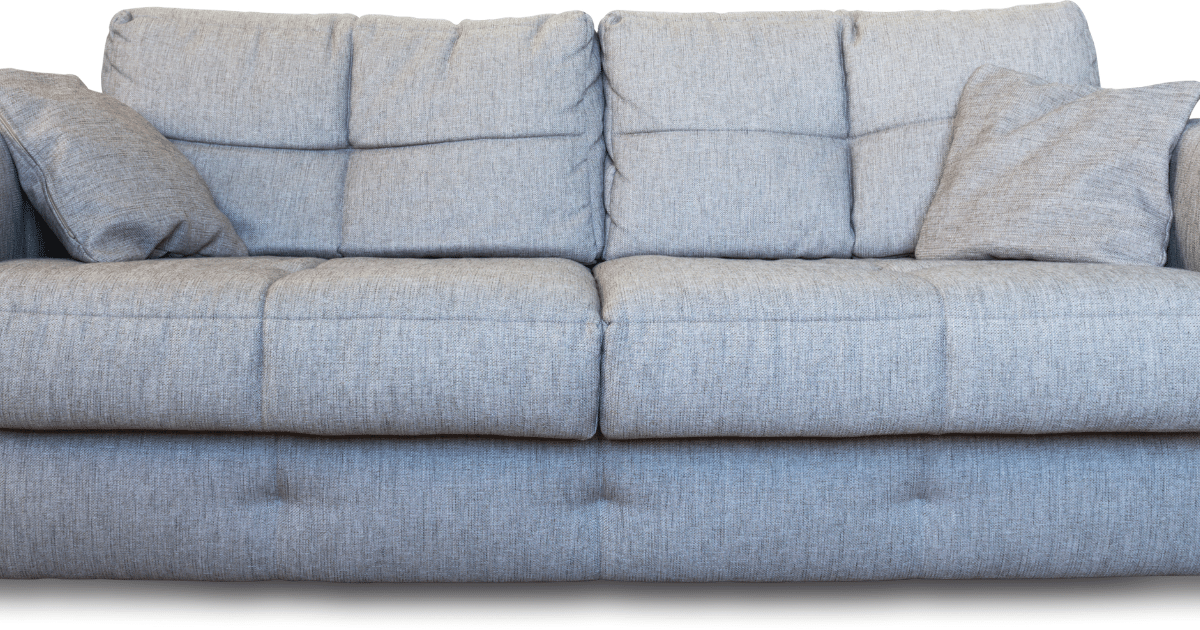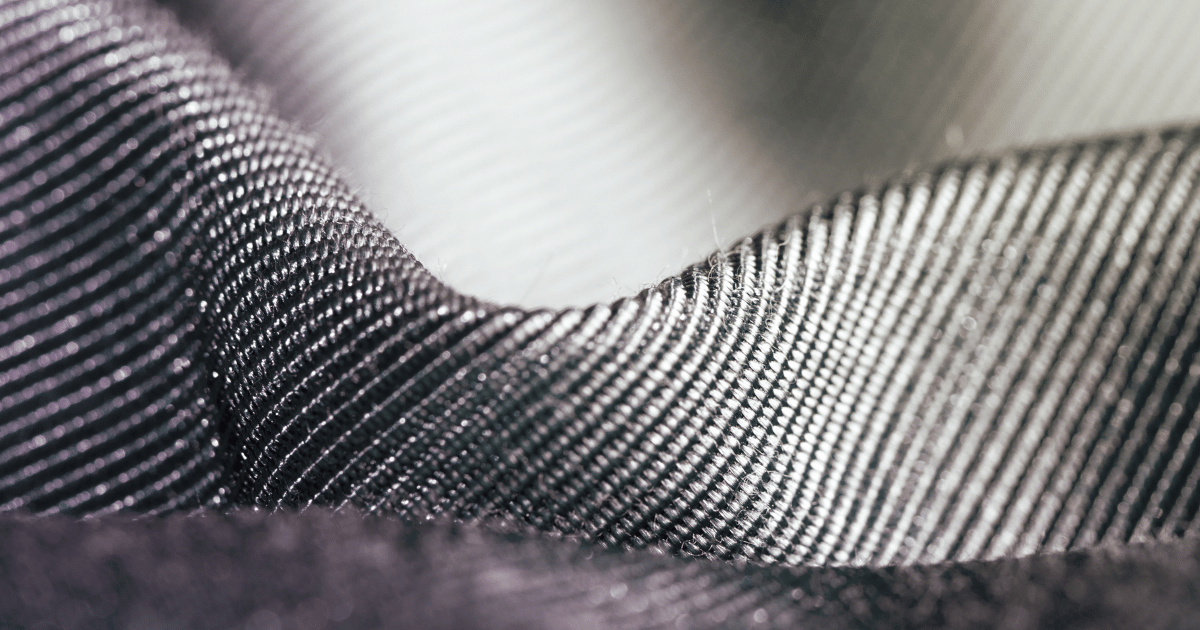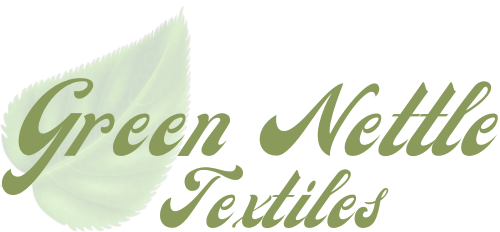Upholstery fabrics are the soft textile covering of the furniture. These fabrics encase the stuffing of the cushioned pieces in the home, holding everything together in position and providing a decorative and comfortable finish for these pieces.
Upholstery fabrics provide ease and a convenient feel for furniture and add a sense of beauty to any piece of furniture.
Upholstery fabric use started in the middle ages into the 17th to 19th centuries and has become very popular.
Upholstery fabric is an essential part of furnishings, which comes with comfortability and in different aesthetically pleasing styles.
Types of Upholstery Fabrics
Upholstery fabrics are of different textures, colors, and types ranging from natural types like leather, silk, and wool to synthetic types like olefin. These fabrics can be constructed from a single type of yarn or blends of yarns.
Natural Upholstery Fabric Types
- Leather

Leather is a commonly used natural type of upholstery fabric. Produced from animal skins and hides, it is a durable type of upholstery fabric with a luxurious look and delicate feel.
The comfortability and elegance of this textile material for living room furniture, such as couches, armchairs, and luxe sofas, are unmatched.
Leather upholstery is quite simple to keep clean and won’t soak up liquid spills, making it simple to wipe spills or liquid off. Even if you have children or animals, this is ideal for you.
However, you should note that leather upholstery fabric is quite expensive, quick to damage if exposed to sharp objects, and quite expensive to repair.
- Linen

Linen is a natural textile and an affordable upholstery fabric with impressive durability, making it an excellent choice for constantly used furniture. Another thing to note about linen is its fade-resistant characteristics; it lasts for a while before requiring a change.
Linen helps regulate body temperature. So, you can sit comfortably in all weather conditions. It’s also very comfortable and has a soft feel making it cozy on the skin.
Linen upholstery is resistant to mildew and has antibacterial properties. The fabric is prone to soiling and should be cleaned by professionals.
- Silk

The natural textile material known as silk is manufactured from silk cocoons and is admired for its luxurious appearance. Silk upholstery gives the furniture an unmatched impression of luxury and beauty.
One downside of silk upholstery is its high cost of purchase and maintenance. That’s why you have to tend to it very well if you want it to last. This upholstery fabric is anti-wrinkle and has a very soft and shiny texture.
Silk upholstery, like other upholstery fabric types, comes in various colors, patterns, and designs. One thing to note is that silk stains easily and requires professional cleaning because of its delicate construction.
- Velvet

Velvet is an elegant and beautiful upholstery fabric originally from silk. Recently, it has been gotten from both synthetic and natural fibers.
Velvet is quite a luxurious fabric and is doubly woven with plain colors giving it a smooth, soft, and plush feel. These qualities make it an excellent fabric for draperies, pillows, upholstery, and other interior decor items.
Velvet upholstery is versatile and can be found in different varieties, all of which make perfect upholstery fabric for bedrooms and living rooms.
Silk upholstery is known to be water-resistant and crush resistant but is quite hard to maintain.
- Cotton

Cotton is a natural upholstery fabric gotten from flax and is one of the most commonly used upholstery. It is also a good material for slipcovers.
Cotton upholstery fabric is breathable and available in a wide range of colors. This lightweight yet durable upholstery fabric is abrasion resistant. For all these features, the fabric is still very affordable.
However, before going for cotton upholstery fabric, you should know it is a fabric that comes with high maintenance because it quickly absorbs stains and liquid spills.
- Wool

Wool is one of the easily accessible upholstery fabric types. It is a natural fabric with durability and sturdiness, making it perfect for use for heavily used furniture.
Wool upholstery is resistant to spills and stains, making it easy to maintain. Also, wool is a highly insulating material and is resistant to flame.
Although the fabric is insulating, wool is prone to shrinking due to excessive heat. Due to its fuzzy surface, its fibers can become tangled, forming pills. Maintaining wool upholstery fabrics should be done with care as harsh and hard detergents can also damage them.
- Jute

Jute fibers are natural fibers from plants and are also one of the most affordable plant fibers. Jute fabric is soft, lustrous, breathable, and quite strong. Jute’s versatility is top-notch. It was initially used to produce ropes and mats, but over time, it’s been adopted and incorporated into upholstery fabrics.
Jute is used to produce rugs, carpets, curtains, etc. It’s important to note that jute upholstery fabric fibers weaken on exposure to water and sunlight, which causes their color to change.
Synthetic Types Of Upholstery Fabric
Synthetic fabric types of upholstery include;
- Nylon

Nylon fabrics are completely synthetic fibers that are widely used around the world. It is used in various applications and only recently in many upholstery applications.
Nylon upholstery is lightweight, with more durability and resilience than one could ever think of. One of the reasons why it makes a perfect upholstery fabric is its abrasion-resistant property.
Another is it is resistant to mildew, insects, and fungi. Nylon cannot be damaged by chemicals but by sunlight exposure and can easily catch fire.
- Olefin

Olefin upholstery fabric is synthetic but highly durable and easy to clean without strong chemicals. The fabric is manufactured from fibers that possess melted plastic pellets and are very strong such that its resistance to abrasion, moisture, mildew, and chemicals is high.
However, its strength has nothing to do with heat and oil because both tend to damage the fabric. Its unique properties make it suitable for outdoor upholstery and damp places.
One handles Olefin fabric carefully because it is prone to damage by excessive exposure to sunlight and doesn’t last for a very long time.
- Acetate

Acetate fabrics are another semi-synthetic fabric made using the cellulose fibers obtained from wood pulp. Acetate is manufactured to imitate silk but is less expensive, which is why acetate is referred to as the low-cost version of silk.
This elegant and soft fabric is used on furniture, curtains, drapes, and other home decor pieces. It has multiple color choices and is resistant to moths and mildew.
On the other hand, acetate for upholstery shows dirt easily and is not very strong. So, it tears easily and can’t withstand heat.
- Chenille

Chenille is a piece of soft and durable upholstery fabric. It is a woven fabric made from different fibers, including silk, rayon, wool, and cotton.
Chenille is a comfortable and very stretchable upholstery fabric. It often requires backing, which might lead to additional expenses.
Chenille upholstery is commonly used in home decor pieces such as couches, chairs, and pillows, as well as in the fashion industry, and it’s effortless to maintain. This fabric is highly durable and feels very soft and fluffy.
- Acrylic

Acrylic fabrics are upholstery fabrics woven using synthetically manufactured acrylic yarns. They’re sometimes referred to as “cheap wool.”
Acrylic fabrics are used for upholstery, especially upholstering outdoor furniture, as they’re quite strong, flexible, and can’t be damaged by sunlight. These fabrics have a luxurious appearance and feel super soft, and they are also acid and bleach resistant but can stain easily. In all, they’re easy to maintain. Apart from upholstery, acrylic is used for rugs, carpets, and curtains.
It might be a good idea if you’re allergic to acrylic materials, especially upholstery, not to purchase them.
- Polyester

Polyester is a very cost-effective synthetic upholstery fabric. Its versatility, durability, and resilience have made it very popular in upholstery materials.
Polyester is water-resistant, making it perfect for upholstery, and it also doesn’t stretch easily, so it doesn’t require backing.
Polyester fabric has a very high flame resistance and mildew and chemical resistance. The fabric is easy to maintain, comfortable, and soft on the skin. It’s also used for other household items like bedsheets, curtains, carpets, and rugs.
- Rayon

Rayon is a semi-synthetic fabric manufactured from cellulose fibers obtained from wood pulp. This versatile upholstery fabric mimics cotton, linen, and silk while possessing the properties of these materials.
Rayon for upholstery is highly durable but can be prone to damage when exposed to direct sunlight. Rayon is as breathable as cotton and is smooth with a soft feel as silk. The fabric is wrinkle-resistant, although one should take adequate care because it shrinks during laundry.
Upholstery Fabrics Care And Maintenance Tips
To keep upholstery textiles looking clean and new, they must be cared for and kept up with. Maintaining them also increases your furnishings’ longevity and, of course, their own.
Here are some pointers for preserving and caring for your upholstery fabric:
- It would help if you cleaned upholstery weekly by vacuuming them to remove dust from the upholstery fabric.
- Always blot spillages immediately with a soft, damp, clean towel or microfiber cloth to prevent damage from moisture and avoid rubbing the spills harshly.
- Use a soft-bristled brush to brush dirt away from the furnishings gently.
- Avoid staining the upholstery with body sweat, or stay away from the furnishings if sweaty/dirty.
- Sharp objects should not be in contact with the upholstery; they can damage the upholstery fabric. This tip is a necessary measure that you should take, especially if you’ve got kids.
- Do not allow direct sunlight exposure to these fabrics, which causes discoloration and fading. So it would help if you positioned the upholstery so it doesn’t stay in the sun for long.
- If your cushion fabrics are removable, you can remove them occasionally and wash the machine-washable ones inside out in cold water. You can take them for professional cleaning if they’re dry clean only.
- Clean your upholstery fabrics simultaneously to retain color consistency across all matching upholstery fabrics.
Factors To Consider When Choosing Upholstery Fabric
When selecting upholstery, factors like durability, ease of washing, and resistance to fading and stains should be considered.
Additionally, whether you’re purchasing upholstery fabric or upholstered furniture, you should be aware that the upholstery fabric is more tightly woven the higher the thread count. The fabric’s thread count refers to how many threads there are per square inch, and the thread counts affect how it feels and how long it lasts. Additionally, the maintenance and cleaning requirements may vary depending on the item’s composition.
Several things to consider include;
- Durability
Depending on the piece’s kind and location, upholstered furniture is used to varying degrees.
The number of rubs a fabric can withstand before showing signs of wear is what is often meant by its durability. It is crucial to consider the fabric’s intended usage (for only heavy or moderate wear where it is placed), the presence of children and pets, etc.
For protection against stains and damage, you’ll need robust, durable, tightly woven materials. Therefore all of these factors will define how tough the fabric needs to be.
- Shape and style
The shape and design of the piece itself are considered in the following step of upholstery fabric choosing. One of the most important things to consider for design coherence is this.
The ideal cloth should completely match the form and stylistic characteristics of the furniture it covers.
- Color
Color choices for upholstery fabrics have a lot of potential effects. Therefore, you should think about whether you are drawn to vibrant colors or if you would prefer to stick with muted tones. So, especially if you’ve got kids, choose a color you think you can live with for years at a time.
Average Cost Of Upholstery Fabrics Per Yard
The average cost of upholstery fabrics per yard will depend on the specific type of upholstery fabrics. While you can get polyester for $60 per yard, quality silk for your upholstery costs about $100 on average. You can get linen for about $15 per yard, and with $7, you can get a yard of cotton fabric.
Jute is one of the least expensive textile materials available, costing an average of $2. If you want the velvet fabric, you can find them at prices of up to $50 per yard, although the high-and velvet material can cost you about $250 per yard on average.
